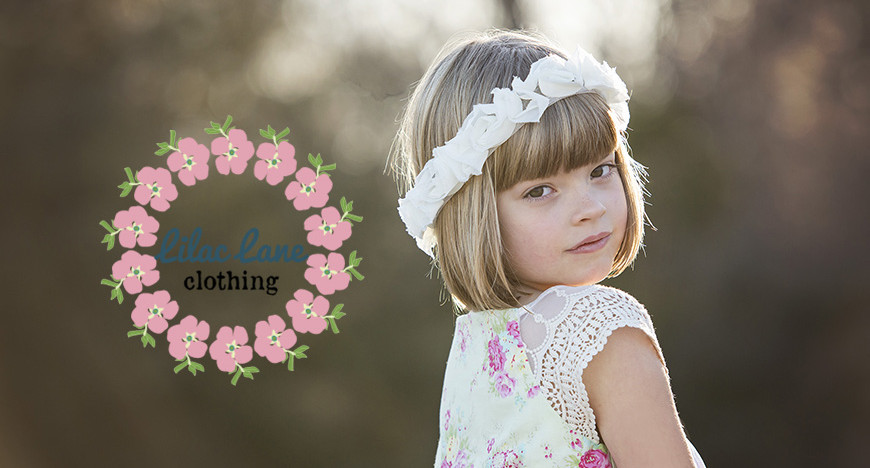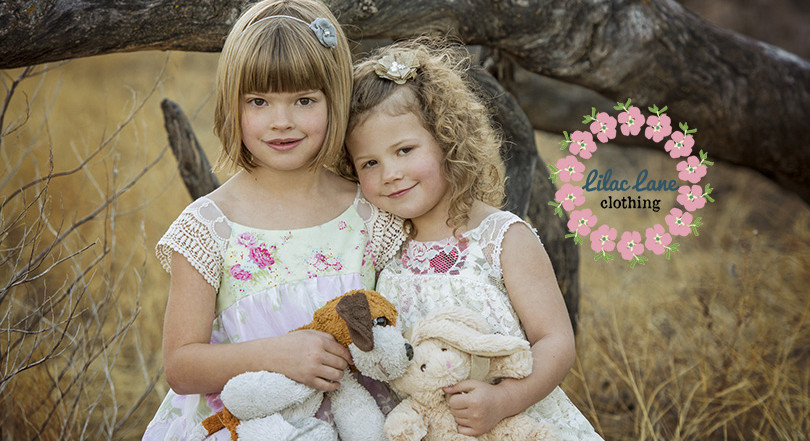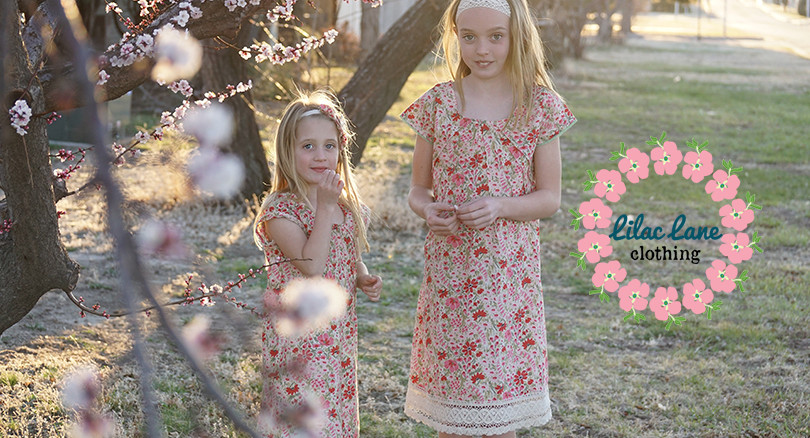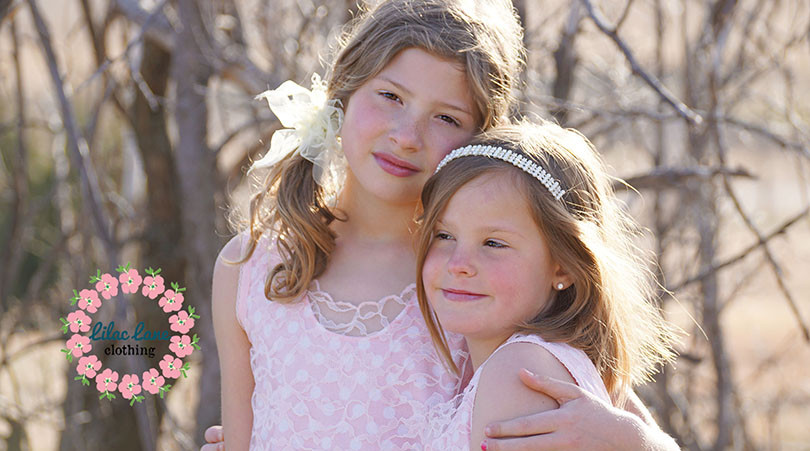But just in case you’re new around here, the links to the rest of the series are:
Part 1: Equipment
Part 2: Choosing fabric
Part 3: Picking patterns
Part 4: Cutting and sewing a 9-patch block
Part 5: Sashes and Borders
Part 6: Preparing for a Long Arm Quilter
Part 7: Quilting on a Domestic Machine
Part 8: Binding (right here)
First you’re going to need to measure all the way around your quilt. And then you need strips of fabric that will make up that length. Add a little bit extra on so that you can overlap a bit when you bind all the way around the quilt.
What’s the perfect width for a binding strip? Well that’s debatable, but many people like 2 1/2″ wide. I prefer 2 1/4″ wide, but you’ll have to find your own perfect width. If you happen to have a partial jelly roll around, they make great binding strips. For my little quilt, I only needed four strips.
Place the strips at 90 degrees to each other with the right sides facing.
Using your quilting ruler, mark a straight line at a 45 degree angle across the strip, from tip to tip. Make sure to leave a little extra if you’re using a jelly roll so you can get rid of the selvage.
Here’s the mark. I used permanent black marker for you, but you should probably use a water soluble or a pencil so it won’t show.
Sew across the line you made and then cut off the excess. A quarter inch seam here is plenty.
Voila! A perfectly mitered strip. Why mitered and not just straight across? Well, when you’re sewing on your binding this will make the seam a little less bulky. Go ahead and miter all your pieces together into one long strip.
Next press the strip in half with the raw edges aligned.
Now you’re ready to sew the binding onto the quilt. If you have a quarter inch foot (which I highly recommend), attach it. Leave several inches (at least 5 or 6) unsewn and then being sewing 1/4″ from the raw edges of the quilt, aligning the raw edges of the binding and the raw edges of the quilt. Although you can’t tell in this picture, you are attaching the binding to the FRONT of the quilt. Also, make sure to begin attaching the binding in the middle of one of the sides and not right at a corner.
Okay, here you can better tell that we are, indeed, attaching the binding to the front of the quilt.
When you get close to the corner, I want you to stop with the needle down and measure 1/4″ from the corner in both directions. Don’t eyeball it! Make a mark here. You might be able to see that I made a black dot right in that place (it’s on the feather.) That is the exact spot where you will stop and back stitch a few stitches.
Now cut the thread and we’re going to do a little bit of fabric origami. First fold the binding across the corner at a 45 degree angle.
Then fold again so that the binding is parallel to the edge of the quilt (straight across). Take your marking pen and again mark 1/4″ from the corner from both directions. Again, that is the EXACT place where you will begin stitching once again. And also again backstitch (but not past this mark!). It would be a shame to do all this hard work and then the stitches would fall out.
When you’ve done this four times (assuming your quilt has four corners), you will approach the place where you started binding. Stop stitching and backstitch when you are several inches from meeting up, at least 5 or 6 inches.
Take one of the binding strips and mark a 45 degree angle across it. Go ahead and cut here, across the mark.
Lay both strips across each other, as flat as possible and then mark a 45 degree angle on the other strip in the same direction, but add an extra 1/4″ from the point where they match up. Do not cut — this is your stitching line.
It should look something like this, except that the strip on the right is scooted back to allow me to show you the line on the strip on the left. The right strip should actually slightly (1/4″) cover this line.
Press back in place and sew using 1/4″ seam to finish sewing the binding around the quilt.
Fold the pressed edge of the binding to the back and clip in place. I like using girl’s barrettes (they’re cheap.) You will want the binding to be snug and even all around the quilt, definitely not saggy or wavy.
Here’s what it will look like from the front.
I hand sew using tiny stitches in and out of the fabric, but never showing on the top or bottom. This takes practice but you can soon do it very quickly. Miter the corners with a little fold in both directions.
You did it! For more tips, tutorials, patterns and recipes, visit me at Lilac Lane.
Love,




